
The idea of a circular runway for airports could help revolutionise air travel, shortening flight times, saving fuel costs and promoting airport efficiency.
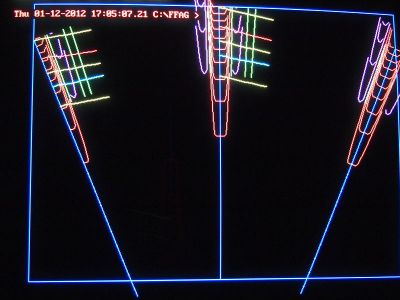
Particle accelerators have become critical tools, with more than 17 000 in operation around the world in research institutes, industry and hospitals. An EU-funded training network is preparing young researchers in the skills required to optimise them.
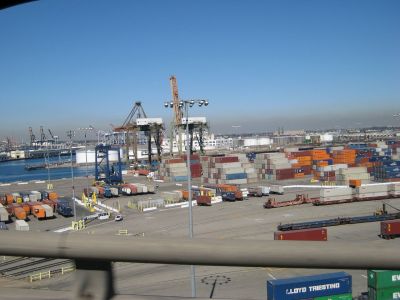
Maritime transport accounts for nearly 90 % of total world trade, and traffic at ports is expected to double over the next 2 decades. To meet this rocketing demand, an EU initiative introduced an innovative technology to enhance port efficiency and safety.
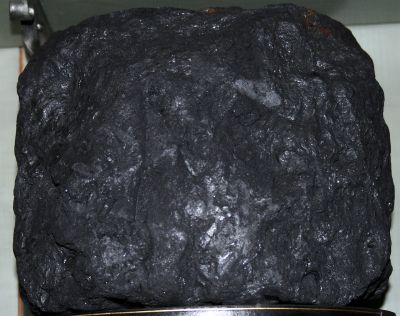
Ceramic matrix composites (CMCs) exploiting expanded graphite (EG) fillers are a pioneering new material technology. Novel microwave (MW) heating will cut processing times and energy consumption to enhance market uptake.
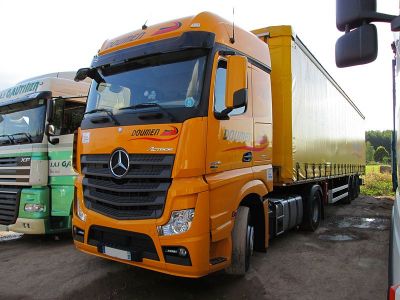
Amid the demand for high-value perishable goods and the evolving appreciation of food safety, the refrigerated transportation market is booming. An EU initiative is addressing the costly energy consumption of the fleet's cold transport vehicles.
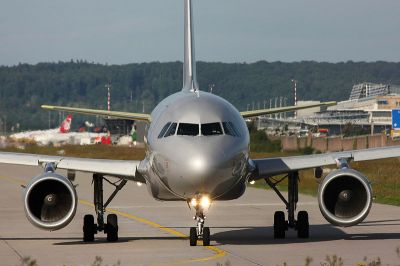
Polymeric composites have helped reduce aircraft weight without sacrificing performance. EU-funded scientists have advanced the state of the art and delivered design, processing and certification guidelines to the EU aerospace manufacturing sector.
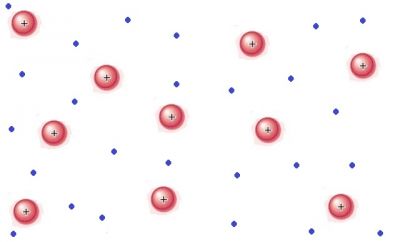
Understanding the evolution of superexcited states (above the threshold for electron emission) could lead to control of chemical reactions. A novel experimental system to initiate and study such states will support related work.
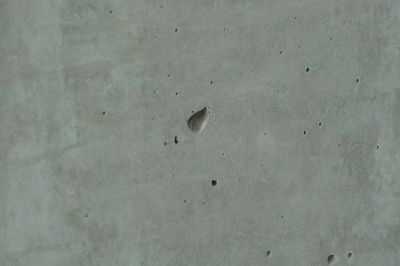
An EU project is assessing the technical and market potential for self-healing in various materials, including polymers, polymer composites, concrete and ceramics. The novel processes show promise.
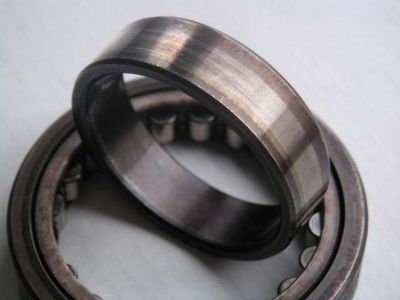
Friction between solids in contact arises in a wide range of engineering applications, limiting the lifetime of mechanical systems. As the physical mechanisms governing friction span different spatial and temporal scales, EU-funded scientists developed a multi-scale modelling framework.
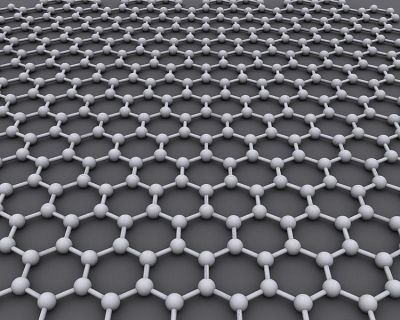
EU-funded scientists made important advances in understanding the properties of graphene-based nano-structured systems that open up practical use in optoelectronics.
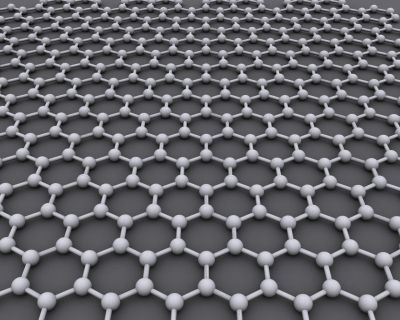
At Trinity College Dublin Professor Jonathan Coleman and his team are creating a ‘gateway technology’ in material science that, if successful, will open the door to a host of industrial applications. Their research focuses on producing two-dimensional monolayers of a variety of materials by exfoliation. Prof. Coleman's TEDx talk will introduce the audience to this technology and demonstrate how to make the 'wonder material' graphene in a kitchen blender.
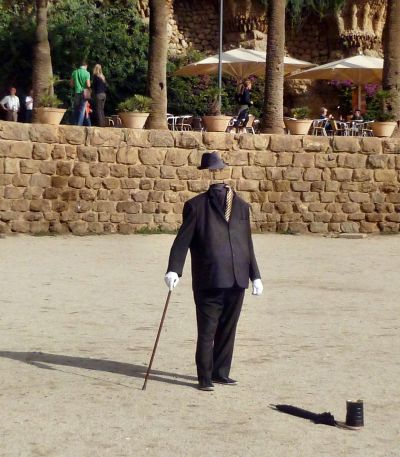
The idea of invisibility sounds like something out of science fiction: but could new research turn it from fiction into science? The ambition behind Professor Leonhardt’s ERC- funded research is to trace the connections between abstract theoretical concepts, drawn from geometry and relativity, and their practical implications in fields from materials to photonics. He will be presenting this research to the public at the TEDx Brussels event on 1 December.
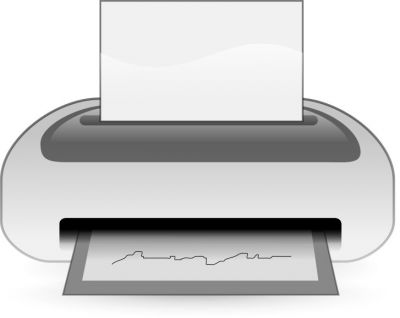
Researchers have engineered printable plastic transistors that may be capable of identifying what type of illness you’re suffering from.
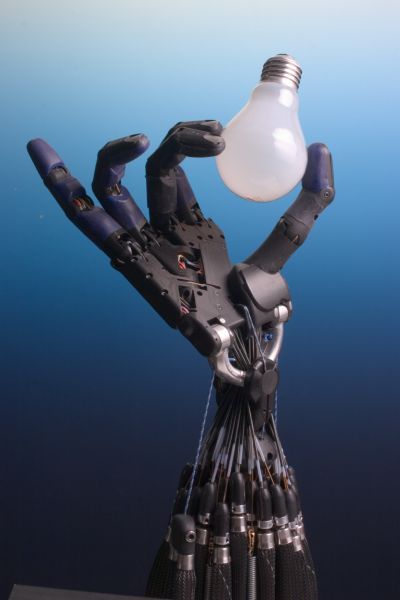
A prosthetic hand, which provides a sense of touch acute enough to handle an egg, has been completed and is now exploited by the NEBIAS project after 10 years of EU-funded research. The world’s most advanced bionic hand was tested with the help of amputee Dennis Aabo Sørensen who was able to grasp objects intuitively and identify what he was touching, while blindfolded.

Trying to squeeze into small enclosed areas, carrying out highly repetitive tasks, retiring with back injuries even while your expertise is needed: these everyday realities of working in aviation construction may become a thing of the past. By helping to bring robots onto the factory floor to carry out the uncomfortable and tedious tasks, the VALERI project hopes to place a higher value on human know-how.

Air and noise pollution are among the most insidious threats to our health. But what if we could monitor both from our smartphones? The AirProbe and Widenoise apps, developed by an EU-funded research project called EVERYAWARE, have made this possible. Partners from Belgium, Germany, Italy and the UK have developed this system to increase people’s awareness of their environment.
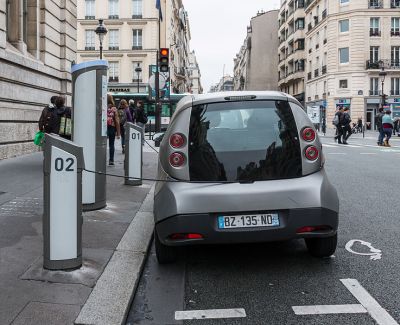
Imagine you are rushing to catch a train but must first park your electric car inside the station garage. You lose precious time searching for a space, ideally one where you can charge your vehicle, which might cause you to miss the train. Wouldn’t it be nice if you could just drop off the car in front of the station and let it do the rest? Soon it will be possible, thanks to V-CHARGE, an EU ICT research project. Successful tests took place at Stuttgart airport in April 2014.
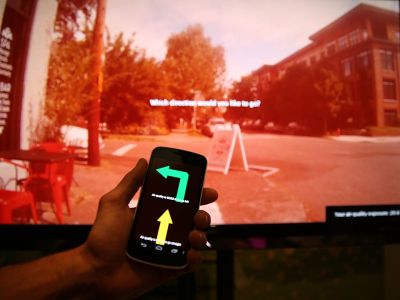
Fancy a quick game of Flappy Bird while you’re stuck in a traffic jam? There could be a smarter way to use your smartphone. A mobile app, created by a team of European researchers, could cut rush hour traffic in your city by 5%.
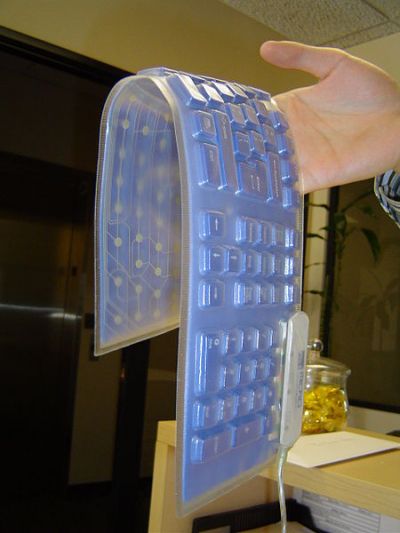
For most electronic circuit boards, if you try to bend them, they snap and are rendered useless. But this is set to change. A European research project called PLACE-IT has come up with a new type of flexible electronics that won’t break when you twist them.

Research into the strange phenomenon known as quantum entanglement - once described as 'spooky' by Albert Einstein - could revolutionise ICT over the coming years, enabling everything from ultra-fast computing to completely secure long-distance communications. EU-funded researchers are carrying out cutting-edge work on quantum technologies, with one team recently demonstrating a key breakthrough in extending the range of quantum communications.
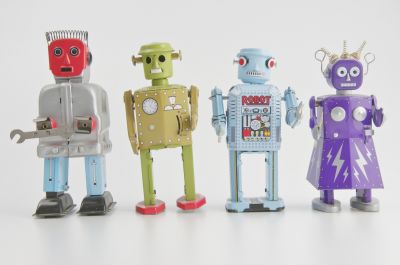
A highly customisable robot companion designed by EU-funded researchers to offer support to older people is currently being presented across Europe and could find its way into people's homes within two or three years, potentially greatly enhancing quality of life for older citizens and people with memory or mobility problems.
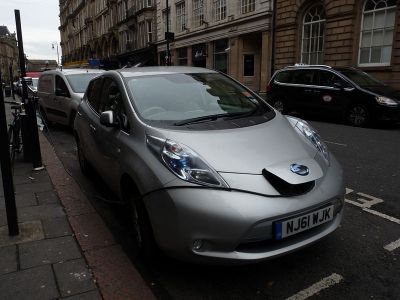
Electric vehicles (e-vehicles, or EVs) are set to play a key role in the future of urban mobility, reducing pollution, decreasing dependence on fossil fuels and saving drivers money. Although e-vehicles make up only a tiny fraction of the European car fleet at present, sales are expected to grow exponentially over the coming years, thanks, in no small measure, to advances in e-vehicle technology being made by EU-funded researchers. Fully electric vehicle technologies that optimise safety, energy consumption and kinetic energy recovery are also major contributors to on-going improvements in the performance of hybrid vehicles.
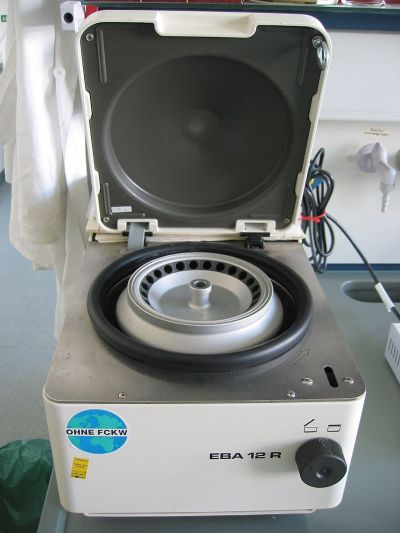
Do you remember James Bond film Casino Royale? After being poisoned, the agent uses a portable diagnostic kit to identify the toxic substance and alert his HQ in London.

There is strength in numbers. That is the logic behind an EU-funded project that, by pooling the resources, know-how and technology of multiple organisations across Europe, has helped greatly to advance current research trends in the increasingly important field of photonics.
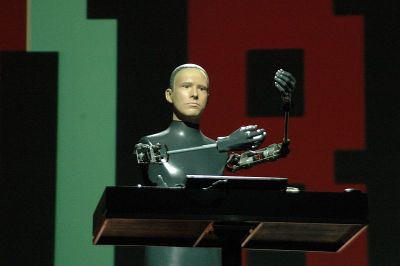
Robots could become a lot more 'sensitive' thanks to new artificial skins and sensor technologies developed by European scientists. Leading to better robotic platforms that could one day be used in industry, hospitals and even at home.
























